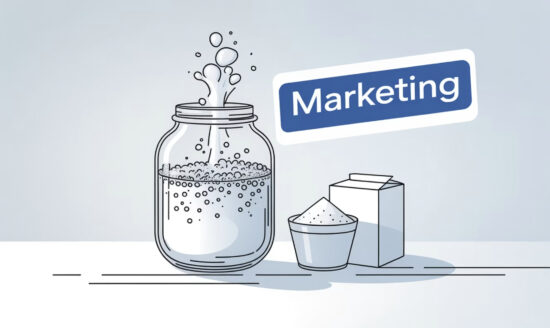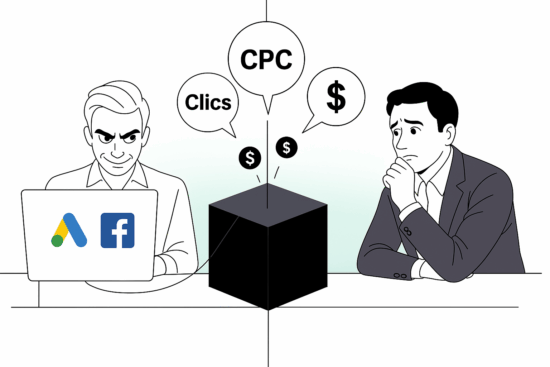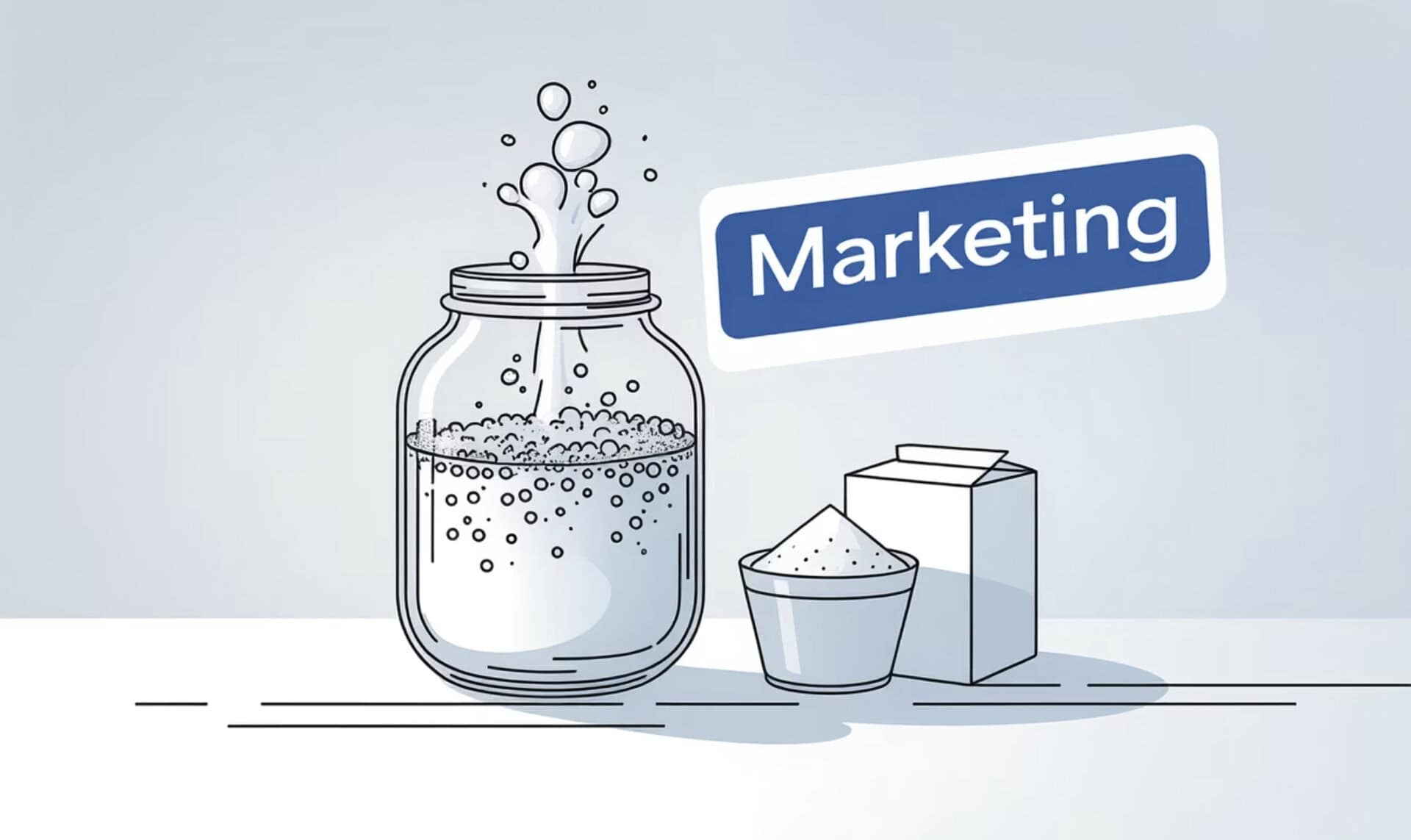Un interview de Gian Fulgoni, le Chairman de comScore a attiré mon attention ce matin. Je tenais à vous le partager, surtout à ceux qui pensent que le clic est l’une des valeurs les plus importantes à considérer pour mesurer l’efficacité d’une campagne Internet. Il y en a malheureusement beaucoup trop.

eMarketer: Have we moved away from the click as a proxy for online advertising effectiveness?
Gian Fulgoni: Publishers would be out of their minds to take an average click rate of 0.1% to an advertiser or an agency and say, “Here’s an indication of advertising effectiveness.” It’s not the right metric. It’s a really short-term view of how advertising works as a direct-response-oriented vehicle and not a branding-oriented one.
Let’s say I’m BMW. Do I want to reach a 20-year-old kid who can’t afford to buy a BMW today? The direct response people would say, “No, don’t target with the Internet.” They would target those people who are about to buy a car. That’s one view.
The branding people would say that at some point, the 20-year-old kid is going to buy a BMW or a Lexus or a Mercedes, so let’s make sure that he has the BMW brand value and equity in his head. Otherwise, he’s going to buy a Mercedes or a Lexus.
eMarketer: A lot of people view the Internet as a direct response medium.
Mr. Fulgoni: That is just nonsense.
“Why should the Internet be different from print or TV or radio in the ability to create a branding value versus direct response?”
Why should the Internet be different from print or TV or radio in the ability to create a branding value versus direct response? There’s no inherent reason why the Internet shouldn’t be used for branding in addition to direct response.
Here’s a provocative theory: Is the preoccupation with direct response partly a result of so many young people being involved in Internet advertising? DR is immediate gratification. Maybe they don’t understand branding. They don’t have a long-term perspective and they don’t have patience. They gravitate towards direct response.
“There’s no question that search works, but it is the last step in the purchase funnel.”
I think search has just exacerbated the issue. There’s no question that search works, but it is the last step in the purchase funnel. If we attribute all of the value or accountability to somebody buying something by that last click on a search ad, that would be shortsighted and would ignore all of the other influences that come into play with branding.
eMarketer: But isn’t search often the beginning point for many consumers?
Mr. Fulgoni: It can be a beginning, but that assumes that all of the other media that impact a person’s psyche have no effect. There’s an image, a perception, a value that consumers already have at the point that they conduct the search. It’s not like they are sitting there with no impression of a brand until they conduct a search. I don’t believe it.
eMarketer: Is all audience measurement inherently flawed?
Mr. Fulgoni: No. You need to know how many people are exposed to a particular medium. That’s why you have TV ratings. You have radio. You have Internet. GRPs [gross rating points] are the common element.
Advertisers want to know how many people saw or read the message and how many times. That’s basically GRPs.
“Let’s just accept that the click is just not telling the whole story.”
Let’s just accept that the click is just not telling the whole story. We don’t hold traditional media to the same standard of accountability. Why should the Internet be measured by this immediate-response method called a click?
I wrote a white paper for the Journal of Advertising called “Whither the Click” that basically shows that people who are exposed to a display ad, whether or not they click on it, have an increased likelihood of visiting the Website of the brand in the ad, an increased likelihood of conducting a search query, of buying online and buying offline.
There is compelling evidence that an ad impression on the Internet works just like an ad impression in traditional media.









